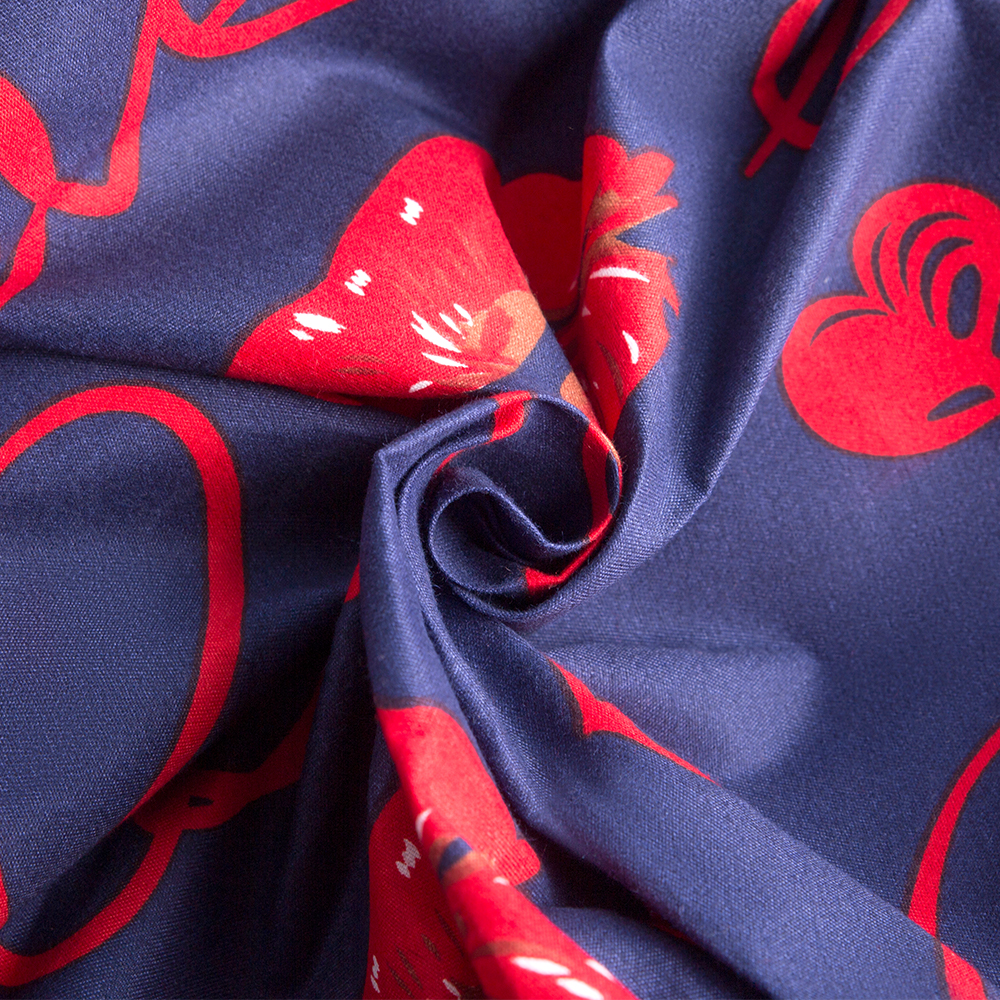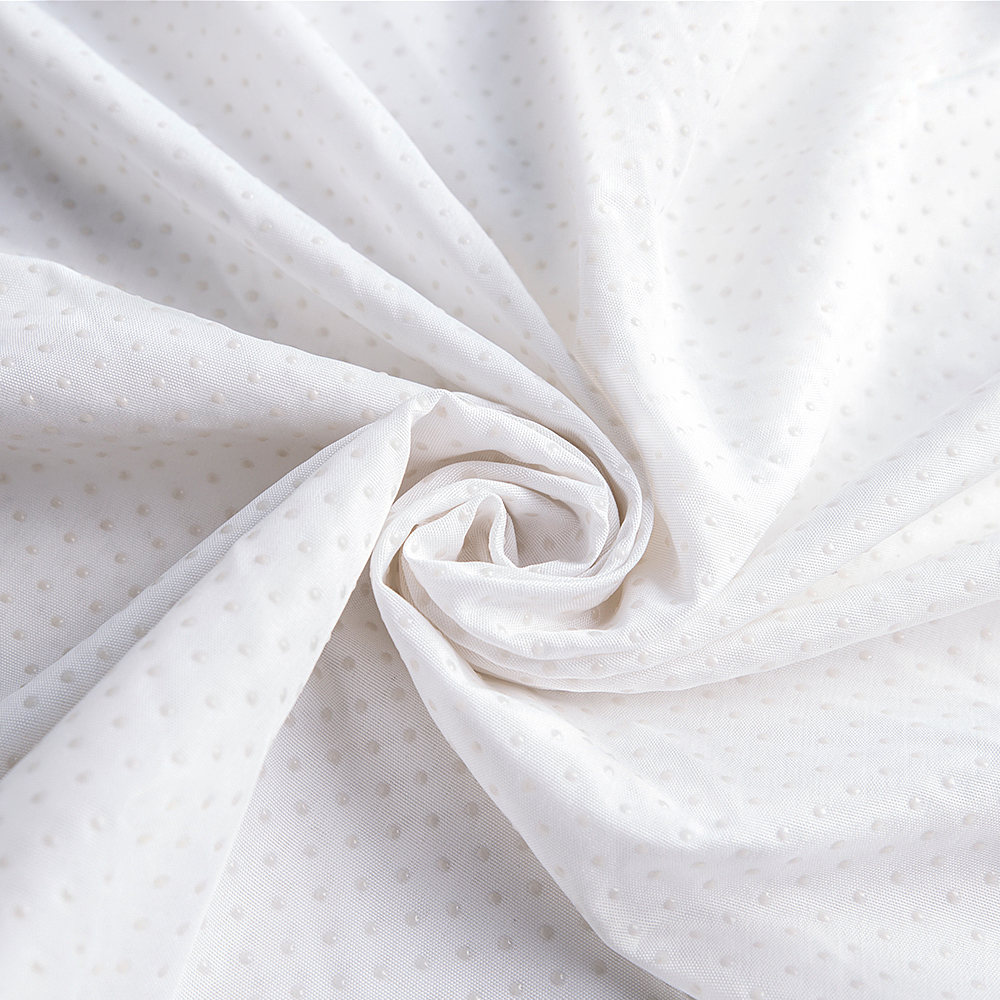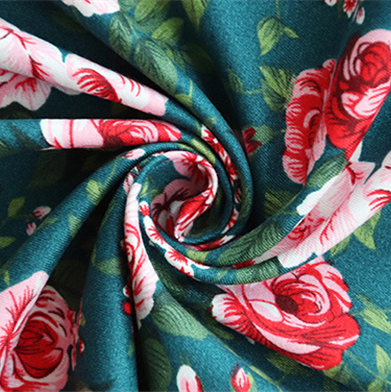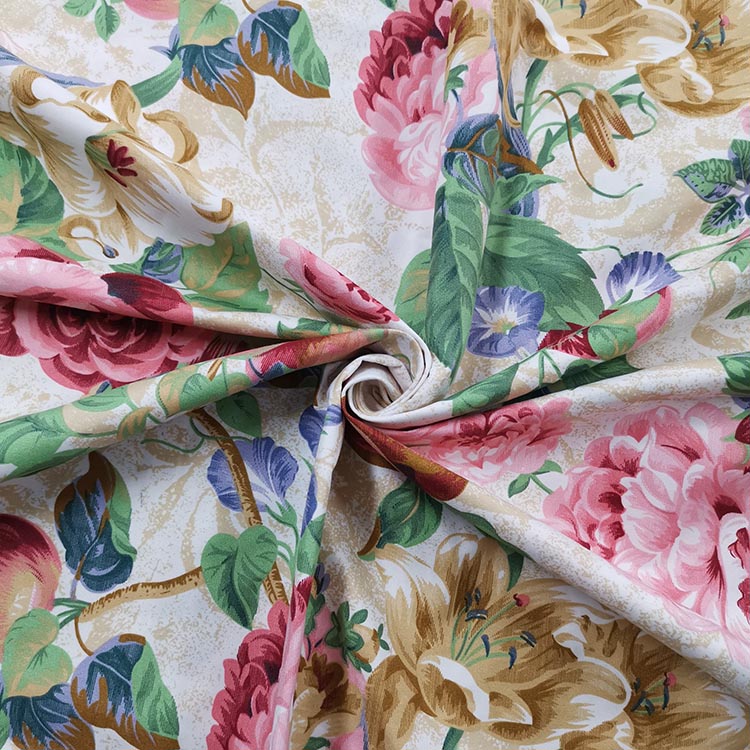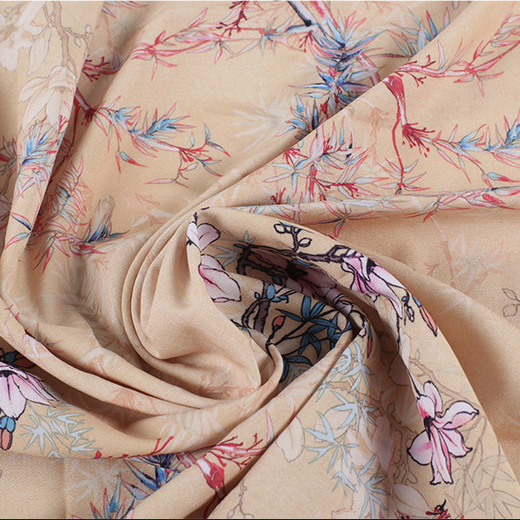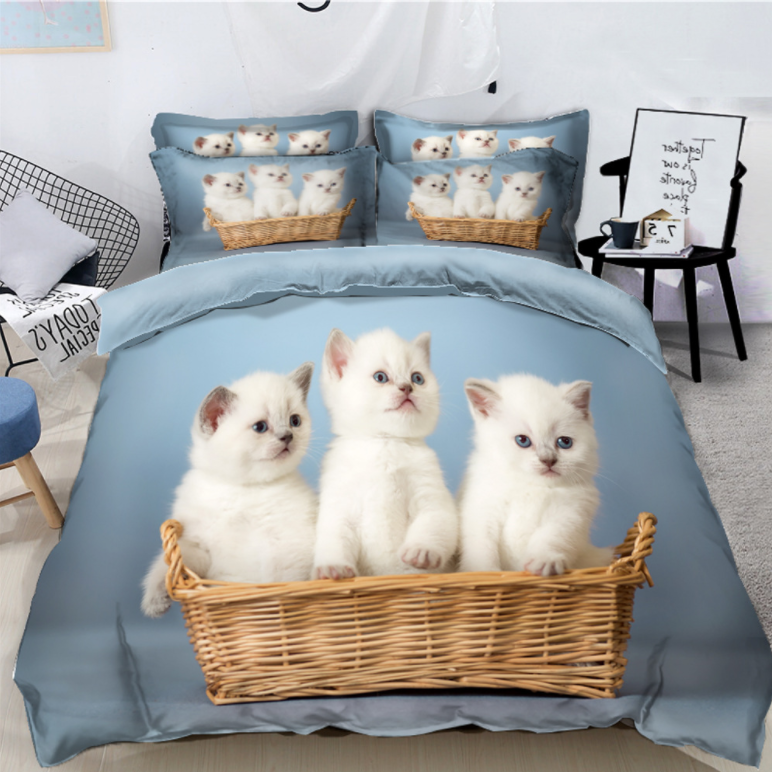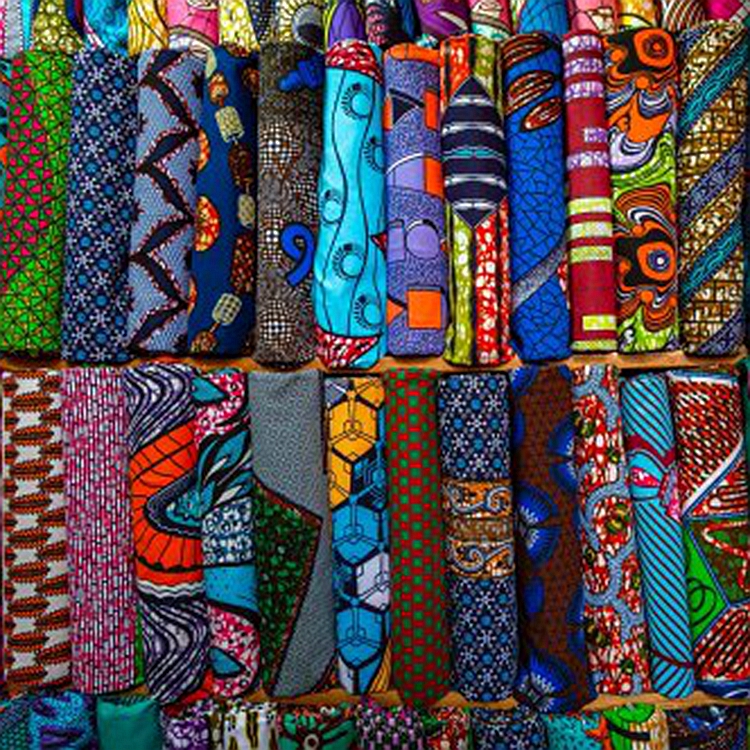Polyester blank fabric is a foundational textile widely used across the garment, home furnishing, and industrial sectors. Known for its durability, wrinkle resistance, and cost-effectiveness, polyester blank fabric — also called undyed polyester fabric or grey fabric — serves as the raw material for further dyeing, printing, and finishing.
What Is Polyester Blank Fabric?
Polyester blank fabric refers to polyester woven or knitted fabric in its unfinished state, which means it has not undergone dyeing, printing, or any chemical finishing. It is usually supplied in rolls or bolts and is ready for further processing.
Typically made from 100% polyester fibers or polyester blends, this fabric provides a clean, uniform surface ideal for a variety of post-production treatments such as dyeing, screen printing, digital printing, or coating.
What Are the Key Characteristics of Polyester Blank Fabric?
High Strength and Durability: Polyester fibers offer excellent tensile strength, making the fabric resistant to wear and tear.
Wrinkle Resistance: The fabric maintains a smooth appearance, reducing the need for ironing.
Moisture Wicking and Quick Drying: It offers decent moisture management compared to natural fibers.
Dimensional Stability: Polyester blank fabric does not shrink easily, maintaining shape after washing.
Lightweight and Flexible: Despite its strength, the fabric is lightweight and comfortable for various uses.
Color-Ready: Since it is blank (undyed), it accepts a wide range of dyeing and printing techniques.
How Is Polyester Blank Fabric Produced?
Polymerization and Fiber Production
Raw materials like purified terephthalic acid (PTA) and monoethylene glycol (MEG) are polymerized to form polyester fibers.
Spinning
Fibers are spun into filaments or staple fibers, which are then woven or knitted into blank fabric.
Winding and Inspection
The blank fabric is wound into rolls and inspected for defects.
Packaging and Shipping
Rolls are packed and shipped to textile mills or printing facilities for finishing.
What Are the Common Applications of Polyester Blank Fabric?
| Application Category | Typical Uses |
| Apparel Industry | Shirts, dresses, activewear, linings |
| Home Textiles | Curtains, bed linens, upholstery |
| Industrial Textiles | Backdrops, banners, tents |
| Printing Substrate | Fabric for screen printing, digital printing, sublimation printing |
Why Is Polyester Blank Fabric Preferred for Printing and Dyeing?
Uniform Surface: The smooth and consistent texture ensures even ink absorption.
Colorfastness: Polyester fibers retain vibrant colors, especially with sublimation printing.
Versatility: Works with multiple printing methods such as reactive, disperse, pigment, and sublimation dyes.
Cost-Effectiveness: Compared to natural fiber fabrics, polyester blank fabric offers a lower production cost and higher durability.
What Are the Advantages of Polyester Blank Fabric Over Natural Fibers?
Longer Lifespan: Polyester resists stretching and shrinking better than cotton or linen.
Lower Maintenance: Easy to wash and dries quickly.
Moisture Management: While not as breathable as cotton, polyester's hydrophobic nature helps wick moisture away from skin.
Resistance to Environmental Factors: More resistant to mildew, mold, and UV damage.
What Are Some Popular Dyeing and Printing Methods for Polyester Blank Fabric?
Sublimation Printing: The most popular for polyester, where dyes are converted from solid to gas and embed directly into fibers for vivid, durable colors.
Disperse Dyeing: Involves dyeing polyester at high temperatures to fix colors deep into fibers.
Screen Printing: Used for patterns and designs, often with pigments or specialty inks.
Digital Printing: Offers high-resolution images with flexibility for small runs or customized designs.
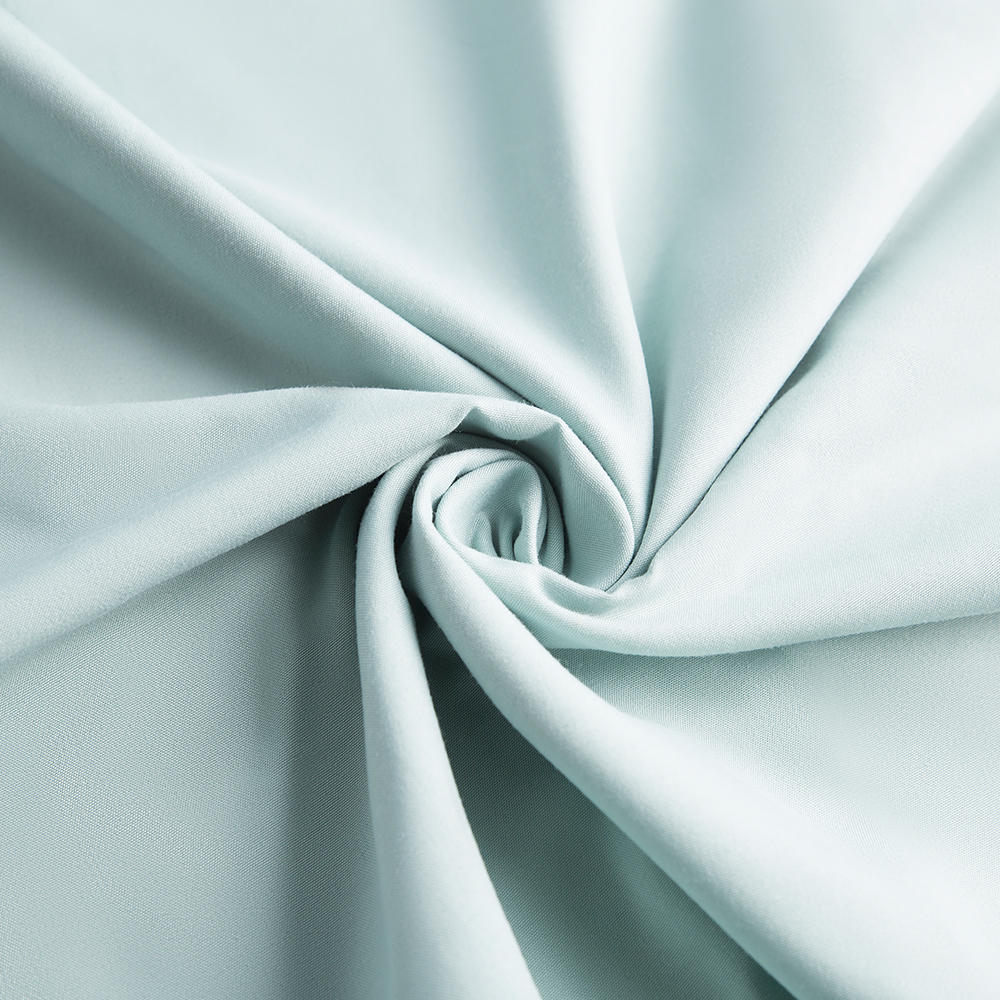
How to Care for Products Made from Polyester Blank Fabric?
Washing: Machine wash in cold or warm water with mild detergent.
Drying: Tumble dry low or air dry to avoid heat damage.
Ironing: Use low heat if necessary, as polyester melts at high temperatures.
Storage: Store in cool, dry places to prevent mildew.
Frequently Asked Questions (FAQs)
What is the difference between polyester blank fabric and finished fabric?
Polyester blank fabric is undyed and unprocessed, while finished fabric has undergone dyeing, printing, or finishing processes.
Can polyester blank fabric be used directly for making clothes?
Yes, but it is usually dyed or printed first to achieve desired colors and patterns.
Is polyester blank fabric environmentally friendly?
Polyester is synthetic and petroleum-based, but advances in recycled polyester production and eco-friendly dyes are improving its sustainability.
How does polyester blank fabric handle moisture?
It repels water but can wick sweat away from the body, making it suitable for activewear.
Can it be blended with other fibers?
Yes, polyester blank fabric can be blended with cotton, spandex, or other fibers for enhanced properties.
Conclusion
Polyester blank fabric is a versatile and essential textile that serves as the base for many end-use products across apparel, home textiles, and industrial applications. Its combination of durability, ease of processing, and cost efficiency makes it a popular choice for manufacturers and designers worldwide.





 English
English
 中文简体
中文简体

